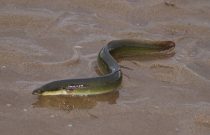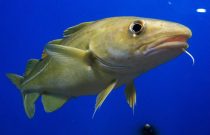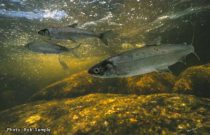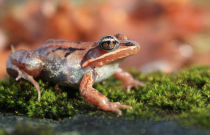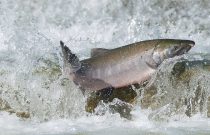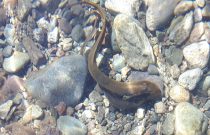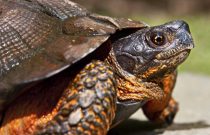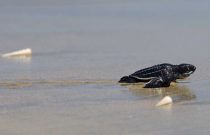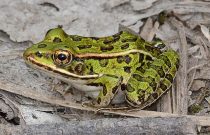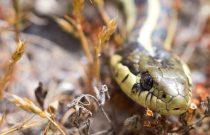Some vertebrates do not need feathers or fur on their bodies to keep warm. That’s because they are ectotherms, or “cold-blooded”. This means that their internal temperature matches that of their environment, which is the case for fish, amphibians and reptiles.
Our country contains about one-quarter of the world’s fresh water. That places a lot of responsibility on Canadians to protect the 230 species of fish that live in the streams, rivers, and lakes. Since all water in Canada eventually flows out to sea, pollutants that enter our streams, ponds, marshes, lakes, or rivers inland will eventually reach the ocean. Even if you live in central Manitoba, you can have an impact on the 400 marine fish species that are found in our coastal water.
Amphibians, represented by frogs and salamanders in Canada, also rely on our freshwater ecosystems to survive. Their eggs do not have hard shells and must be laid in water or in a very humid environment. They do not have scales therefore their skin must remain moist. Most species go through a two-stage life cycle: they hatch into aquatic larvæ (commonly known as tadpoles) which eventually change into air-breathing adults.
Species from two of the four groups, or Orders, of the world’s reptiles are found in Canada: turtles, and lizards and snakes. The scales on their bodies and their hard-shelled eggs make them less reliant on the presence of water, but our turtles need access to both aquatic and terrestrial habitats to complete their life cycle. Snakes and lizards are, for the most part, land-dwellers.
Discover some of our species of fish, amphibians and reptiles in this section!



